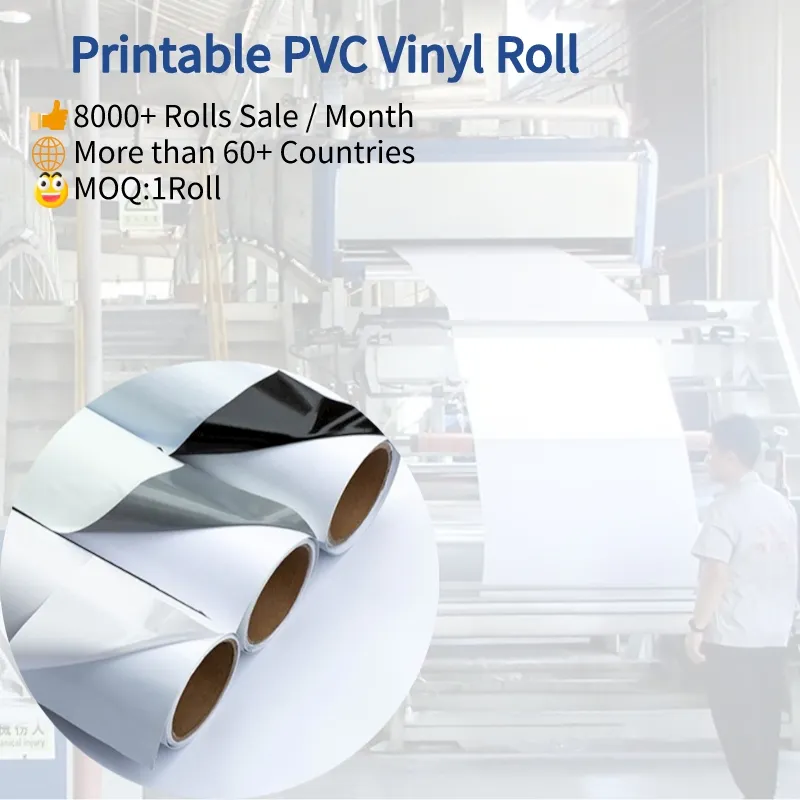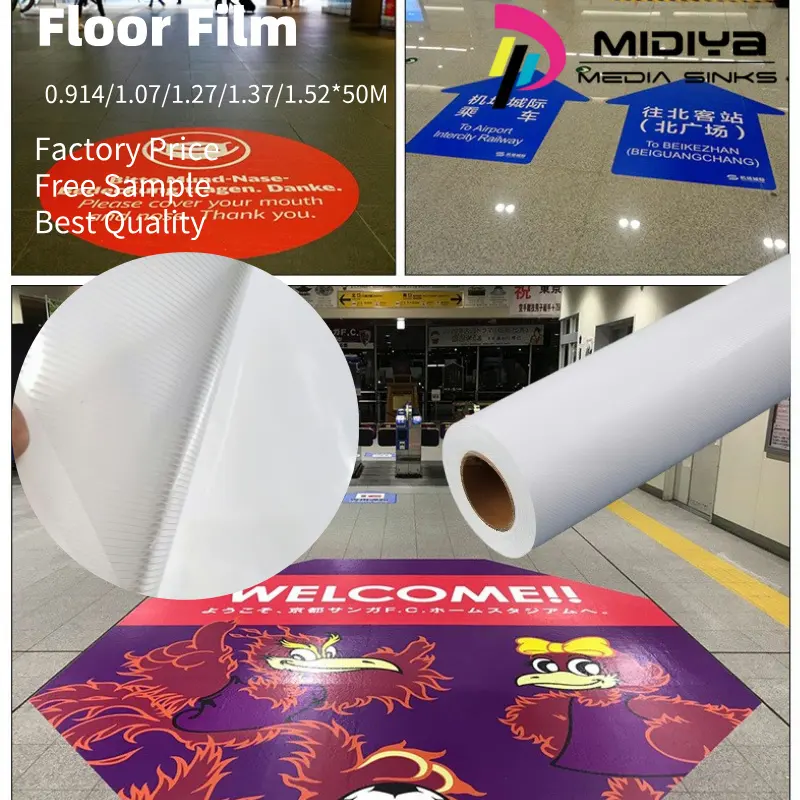Creating the Ideal Atmosphere for Your Celebration
When planning an unforgettable celebration, one of the most important elements is the atmosphere you create. Lighting, music, food, and décor play crucial roles, but nothing quite brings guests together like a well-chosen dance floor. Whether you're organizing a wedding, a birthday bash, or a corporate gala, selecting the right dance floor is essential for both functionality and aesthetic appeal. It’s not just where people dance—it’s where memories are made, photos are taken, and the mood of the event truly comes alive.
Understanding Different Types of Dance Floors
Wood and Parquet Dance Floors
Wood or parquet flooring remains a classic and versatile option for various events. These dance floors exude elegance and work well with traditional wedding themes or upscale parties. The natural finish complements most décor styles, offering a warm and welcoming look.
Beyond aesthetics, wood floors also provide a solid, slightly cushioned surface that's easy on the feet, allowing guests to dance comfortably for hours. They're generally modular, making setup and teardown straightforward.
LED and Light-Up Dance Floors
If your event leans toward modern and vibrant, LED dance floors add an eye-catching focal point to your party. These floors feature embedded lights that can change colors and patterns to match the mood or music, enhancing the overall sensory experience.
LED floors are often programmable, allowing customization for different segments of the event. Whether it’s the first dance or an all-out dance-off, these high-energy setups are bound to leave a lasting impression.
Matching the Dance Floor to Your Event Style
Elegant Weddings and Formal Events
For black-tie weddings or sophisticated galas, a white gloss or marble-patterned dance floor often fits best. These sleek designs align beautifully with formal attire and décor, creating a clean backdrop for photography and video.
Additionally, such surfaces reflect light elegantly and are less likely to clash with floral arrangements, linens, or lighting, maintaining a cohesive theme.
Casual Parties and Outdoor Celebrations
Rustic, beach, or backyard parties call for more adaptable and durable options. Portable vinyl or snap-lock dance floors are ideal for outdoor settings, offering stability on grass or sand.
Their ease of transport and installation makes them convenient, while textured surfaces help minimize slipping risks, ensuring a fun and safe environment.
Considering Size and Guest Count
How Big Should the Dance Floor Be?
One of the most frequent considerations is sizing. Too small, and guests feel cramped; too large, and it might feel empty. As a general rule, plan for about 3 square feet of dance floor per guest.
If you're hosting a party for 100 people, aim for a dance floor that's roughly 15' x 15'. This estimate accommodates a third of your guests dancing at the same time, which is a typical turnout.
Adapting to Venue Dimensions
It’s also important to evaluate your venue’s layout. Ensure there is enough room not only for the dance floor but also for seating, dining, and other activities. Custom-shaped floors, such as circular or oval options, can help adapt to unusual layouts or make better use of limited space.
Factoring in Material and Maintenance
Durability and Weather Resistance
When choosing a dance floor, especially for outdoor events, material durability is key. Vinyl and polypropylene tiles are popular for their resistance to moisture and easy maintenance.
If the event is indoors, high-gloss laminate or acrylic floors may offer the perfect blend of appearance and practicality. The right material ensures that your dance floor looks great throughout the night without showing wear and tear.
Cleaning and Upkeep
Ease of cleaning is also a priority. Drinks get spilled, and shoes bring in dirt—opt for a dance floor material that can be easily wiped down and restored to a pristine state between events.
Modular systems are particularly convenient in this regard, as damaged tiles can be replaced individually, extending the lifespan of your investment.
Enhancing the Guest Experience
Creating a Visual Centerpiece
The dance floor can serve as more than a functional space—it can be a design element in its own right. Consider custom monograms, logos, or themed decals to personalize the floor and reinforce the event’s branding or identity.
Creative lighting around or above the dance floor can also draw guests’ attention and encourage participation. When the dance floor looks inviting, people are more inclined to use it.
Prioritizing Safety and Accessibility
Another essential consideration is safety. Choose materials with non-slip surfaces and ensure all edges are securely fitted to prevent tripping hazards.
Additionally, make sure your dance floor is accessible to all guests, including those with mobility challenges. Ramps or gradual inclines can help create an inclusive environment.

Working with Professionals for Installation
Benefits of Professional Setup
Hiring a professional installation team not only saves time but also guarantees proper alignment and secure assembly. Professionals understand weight distribution, leveling, and how to adapt the floor to different surfaces, such as carpet or turf.
A well-installed dance floor will last through hours of celebration without shifting or creaking, contributing to an uninterrupted guest experience.
Customization and Add-On Features
Many professional providers offer customizable packages, including lighting integration, floor decals, or coordinated staging. These extras can significantly elevate the event ambiance and make your dance floor stand out.
Working with experts also ensures compliance with local safety codes, insurance policies, and venue requirements.
Frequently Asked Questions
What size dance floor do I need for a wedding with 150 guests?
For 150 guests, a good estimate is a dance floor measuring about 18' x 18'. This accommodates roughly 50 people dancing at once, which is typical for weddings.
Can I use a dance floor on grass or sand?
Yes, but it requires specific materials like portable vinyl or snap-lock tiles. These are designed to offer stability and prevent slipping in outdoor conditions.
Are LED dance floors safe for children?
Most LED dance floors are safe and have slip-resistant surfaces. However, it’s important to confirm with the supplier that the product meets safety standards for all age groups.
How long does it take to install a dance floor?
Installation time varies based on size and complexity but generally takes between 1 to 3 hours for standard setups. Customizations may require additional time.
Table of Contents
- Creating the Ideal Atmosphere for Your Celebration
- Understanding Different Types of Dance Floors
- Matching the Dance Floor to Your Event Style
- Considering Size and Guest Count
- Factoring in Material and Maintenance
- Enhancing the Guest Experience
- Working with Professionals for Installation
- Frequently Asked Questions

